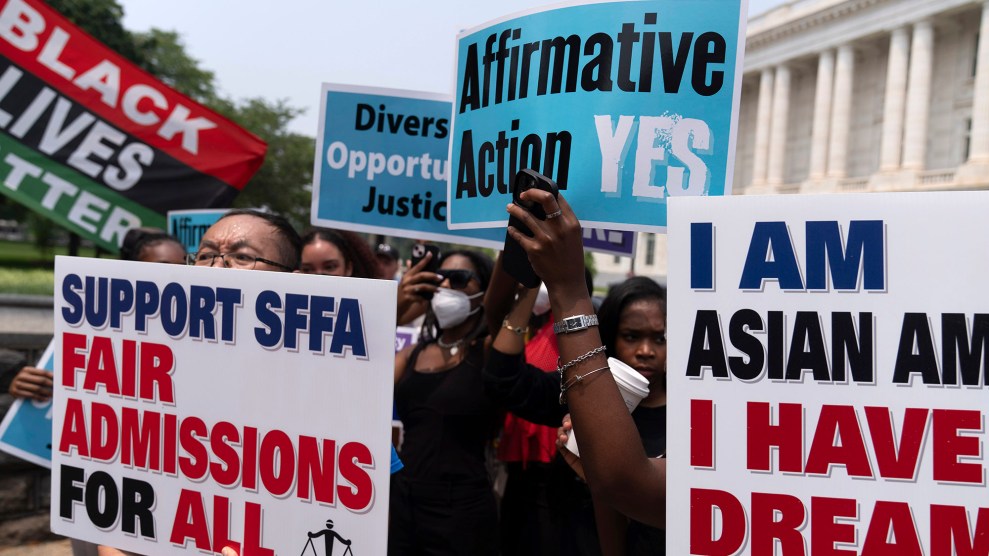This article appeared originally in the Boston Globe.
America has had a difficult time reckoning with its racist past. Slavery was a defining part of the cultures and economies out of which the nation grew, and for most of its first century the ownership of humans by other humans was taken for granted. A pseudo-Darwinian ranking by ”race” justified that order, which stood on pillars of skin color and ethnic origin. When that blatant structure of denigration was overthrown by the Civil War, implicit assumptions of white supremacy remained so lodged in the national psyche that slavery became a half remembered shadow, with heirs of slave-holders in contented denial about its brutality and descendants of slaves locked in punishing marginality by means of legal insult and economic short shrift.
Failure to reckon with slavery and its consequences is still the American problem, which is manifest not only by the unyielding grip of white racism that impossibly burdens one generation of African-Americans after another, but also in the permanent cultural divide that so curses the nation. An inch below the surface of every political debate, from questions of law-and-order to the proper role of government to tax policy to educational reform, lies the hidden reality of race — or, one should say, of white racism. North-South, Red State-Blue State, Democrat-Republican, urban-suburban, local-cosmopolitan, state-federal — these inhibiting dichotomies all split along the primordial fracture of slavery and its aftermath.
As the mixed history of the affirmative action movement shows, even the most well-intentioned attempts to deal with this central conundrum get sidetracked, with the result, for example, that women and various immigrant groups defined as ”minority” have made impressive strides toward equality, while obstacles blocking such advancement for African-Americans, even after 50 years of civil rights, remain largely in place.
This is the heart-rending background to last week’s welcome good news. The Smithsonian Institution announced the selection of a site for The National Museum of African American History and Culture. It will stand on one of the most prominent spots in the nation’s capital, near the Washington Monument at the corner of Constitution Avenue and 14th Street, the boulevard of entrance to the city.
Most significantly, the museum will be on the National Mall, which is the axis of American memory and moral reckoning. Until now, the Mall itself has epitomized the nation’s denial — by what is absent. A discernible color line in the stone of the Washington Monument marks the halt in its construction during the Civil War, but that terrible conflict is remembered mainly as a white nation’s fratricidal tragedy, with blacks included, if at all, in footnotes. Indeed, the Mall takes its sacred line from the link, across Memorial Bridge, between Robert E. Lee in Arlington and Abraham Lincoln in his marble temple — as if the breach between those two white men were the most grievous wound in need of healing.
Over the years, it was African-Americans who most forthrightly claimed the National Mall as sanctuary for the nation, beginning in 1939 when 75,000 people showed up (the largest Mall gathering ever until then) to hear Marian Anderson sing after she had been barred from Constitution Hall for being black. The radio broadcast of her concert was heard across the country, linking racial justice and that place in the American mind. That was what brought the Rev. Martin Luther King Jr. there in 1963, and it was why he aimed to return in 1968. Even without him that spring, the many thousands of his Poor Peoples’ Campaign showed up on the Mall, claiming it as their Resurrection City. But, trekking through the dozens of monuments and museums that line the National Mall today, you would not know any of this. That will change now.
At the edge of the tidal basin, near the memorial to Franklin Delano Roosevelt, ground will be broken this year for a stand-alone memorial to King, whose words sacralized what Lincoln’s gaze beholds. And across the Mall, at the gate of the city, will rise the National Museum of African American History and Culture, where the full truth of American history and culture can finally be told — precisely because now it can include its African element. How we remember the past determines the future. The brutality of slavery, bold resistance of slaves, assumptions of white supremacy, triumphs of civil rights, and injustices yet to be reckoned with — the full story told at last, completing the place that enshrines the national conscience.













